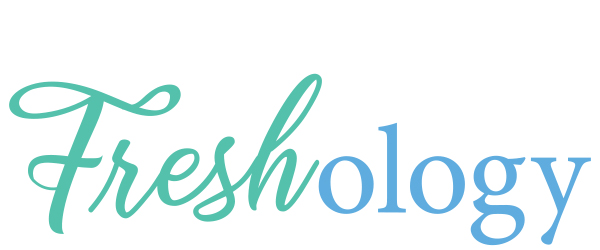A Dieting Break: How Independence Day Celebrations Came to Be
Jul 3, 2010
Copyright © 1994-2009 Encyclopædia Britannica, Inc. For more information visit Britannica.com.Independence Day, commonly known as July 4th or the Fourth of July, commemorates the Continental Congress' adoption of the Declaration of Independence on July 4, 1776.The document, primarily written by Thomas Jefferson, served as a formal announcement that the 13 American colonies were no longer part of the British Empire and would henceforth be free and independent states.Regarded as the birthday of the United States of America, the day is typically celebrated with parades, fireworks, ceremonies, barbecues and family gatherings.
The Beginning
Independence Day, commonly known as the Fourth of July, is the annual celebration of nationhood. It commemorates the passage of the Declaration of Independence by the Continental Congress on July 4, 1776.The Congress had voted in favor of independence from Great Britain on July 2 but did not actually complete the process of revising the Declaration of Independence, originally drafted by Thomas Jefferson in consultation with fellow committee members John Adams, Benjamin Franklin, Roger Sherman and William Livingston, until two days later.The celebration was initially modeled on that of the king's birthday, which had been marked annually by bell ringing, bonfires, solemn processions and oratory. Such festivals had long played a significant role in the Anglo-American political tradition. Especially in the 17th and 18th centuries, when dynastic and religious controversies racked the British Empire (and much of the rest of Europe), the choice of which anniversaries of historic events were celebrated and which were lamented had clear political meanings.The ritual of toasting the king and other patriot-heroes-or of criticizing them-became an informal kind of political speech, further formalized in mid-18th century when the toasts given at taverns and banquets began to be reprinted in newspapers.Early Years
In the early stages of the revolutionary movement in the colonies during the 1760s and early 1770s, patriots used such celebrations to proclaim their resistance to Parliament's legislation while lauding the king as the real defender of English liberties. However, the marking of the first days of independence during the summer of 1776 actually took the form in many towns of a mock funeral for the king, whose "death" symbolized the end of monarchy and tyranny and the rebirth of liberty.During the early years of the republic, Independence Day was commemorated with parades, oratory and toasting, in ceremonies that celebrated the existence of the new nation. These rites played an equally important role in the evolving federal political system. With the rise of informal political parties, they provided venues for leaders and constituents to tie local and national contests to independence and the issues facing the national polity.By the mid-1790s, the two nascent political parties held separate, partisan Independence Day festivals in most larger towns. Perhaps for this reason, Independence Day became the model for a series of (often short-lived) celebrations that sometimes contained more explicit political resonance, such as Washington's birthday and the anniversary of Jefferson's inauguration while he served as president (1801-09).19th Century Celebrations
The bombastic torrent of words that characterized Independence Day during the 19th century made it both a serious occasion and one sometimes open to ridicule-like the increasingly popular and democratic political process itself in that period.With the growth and diversification of American society, the Fourth of July commemoration became a patriotic tradition which many groups-not just political parties-sought to claim. Abolitionists, women's rights advocates, the temperance movement, and opponents of immigration (nativists) all seized the day and its observance, in the process often declaring that they could not celebrate with the entire community while an un-American perversion of their rights prevailed.A Modern Holiday
With the rise of leisure, the Fourth also emerged as a major midsummer holiday. The prevalence of heavy drinking and the many injuries caused by setting off fireworks prompted reformers of the late 19th and the early 20th century to mount a Safe and Sane Fourth of July movement.During the later 20th century, although it remained a national holiday marked by parades, concerts of patriotic music and fireworks displays, Independence Day declined in importance as a venue for politics.It remains a potent symbol of national power and of specifically American qualities-even the freedom to stay at home and barbecue.Author: John McGran









